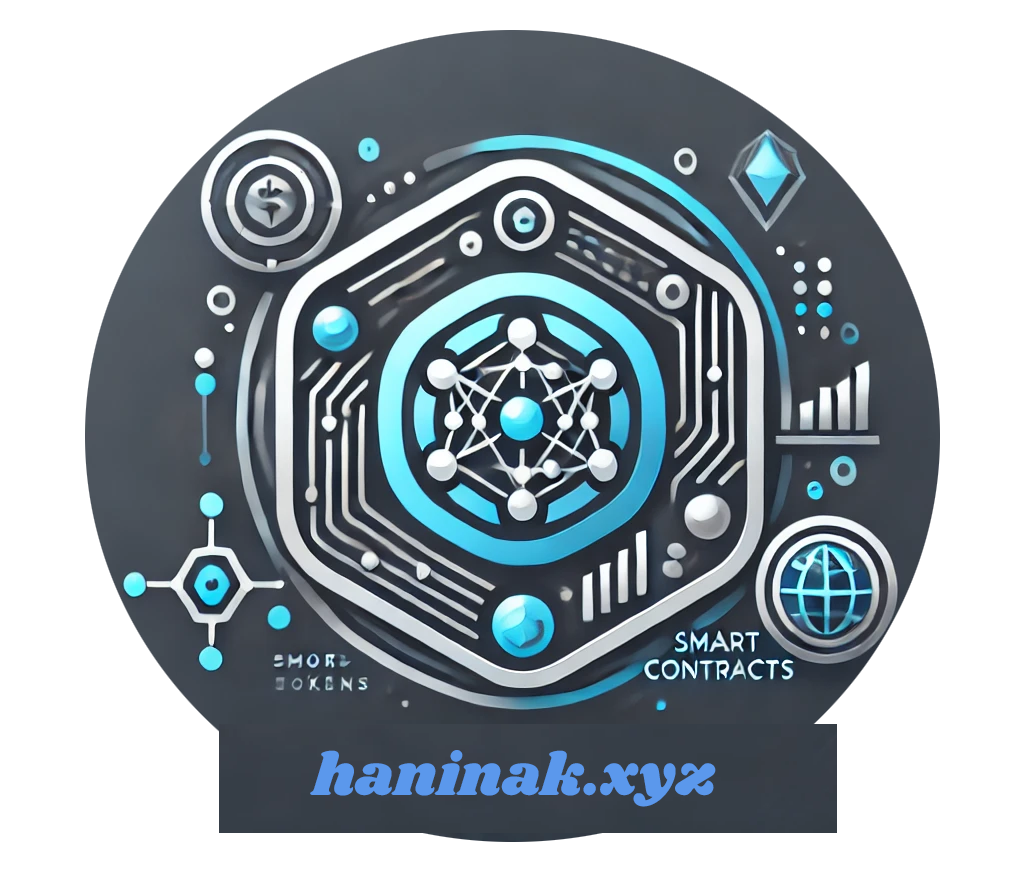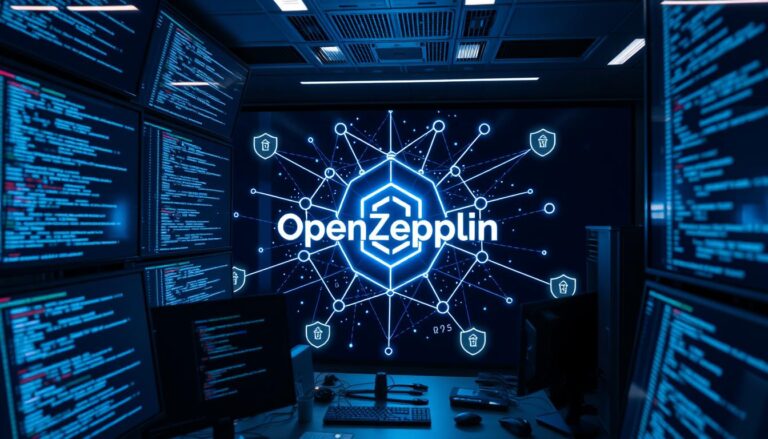How is transaction validation performed on the blockchain?
The blockchain verification process is key to keeping transactions safe and permanent. It uses special codes to make sure each block is unique and can’t be changed. This keeps the blockchain secure and trustworthy.
Consensus mechanisms like Proof of Work (PoW) and Proof of Stake (PoS) are vital. In PoW, miners compete to solve puzzles. This effort keeps the blockchain safe and sound.
Digital signatures add authenticity to blockchain transactions. They use private keys to verify the data. Hashing algorithms like SHA-256 and Keccak-256 also play a role. They turn data into fixed strings for easy verification.
The blockchain works thanks to a decentralized consensus. Network nodes check and agree on transactions. This teamwork makes the blockchain a secure and reliable place for many uses.
Understanding Blockchain Transaction Fundamentals
Blockchain technology is changing how we do transactions. It uses a system that is secure and open. Let’s look at what makes blockchain transactions work.
Key Components of Blockchain Transactions
Blockchain transactions use a system that keeps records on many computers. Each record is signed by the owner, making it safe and true.
Public and Private Key Mechanisms
Blockchain uses a pair of keys: public and private. The private key signs transactions. The public key is used to send and receive money.
Digital Signatures and Their Role
Digital signatures are key in blockchain. They make sure a transaction is real and safe. This stops fraud and double-spending.
Transactions have inputs and outputs. Inputs are old transactions, and outputs are new ones. This makes tracking funds safe and easy.

Blockchain is all about sharing power. It makes the system open and safe. Anyone can join and help keep the system honest.
The Step-by-Step Validation Process
Transactions on the blockchain go through a detailed process. This ensures the network’s integrity and security. It involves creating blocks, using digital signatures, and reaching consensus among nodes.
Initial Transaction Verification
The first step is creating a new transaction. It’s then shared with the Peer-to-Peer Networks for verification. Network nodes check if the sender has enough funds and if the recipient’s address is correct.
Consensus Achievement Methods
After verification, nodes work together to confirm the transaction. They use methods like Proof of Work (PoW) or Proof of Stake (PoS). These require solving complex puzzles. The first node to solve it adds the transaction to the blockchain.
Block Creation and Confirmation
The node that solves the puzzle creates a new block. This block includes the transaction and a digital signature. It’s then shared with the network for verification.
Once verified, the block is added to the blockchain. The transaction is then confirmed, and the Cryptocurrency transfer is complete.
This whole process keeps the blockchain secure. It prevents digital assets from being spent twice. It also keeps users trusting the system.
Role of Miners and Validators in Transaction Processing
The blockchain world depends a lot on miners and validators. Miners create new blocks by combining transactions and solving hard math problems. Validators check transactions and keep the network safe.
In Bitcoin, full nodes are validators, mostly run by miners and mining pools. Miners get rewards for adding blocks, which keeps the network going. This makes sure only real transactions are added, stopping problems like double-spending.
New ways like Proof of Stake (PoS) and Delegated Proof of Stake (DPoS) have come up. These let different types of validators join, besides the old Proof of Work (PoW) miners. This change helps the environment and makes validation more open to everyone.
Validators are key to keeping the blockchain safe. They check transactions and make sure everyone agrees. They keep the blockchain’s history accurate, stopping problems like double-spending.
| Validator Type | Description |
|---|---|
| Proof of Work (PoW) | Miners validate transactions based on competitive cryptographic challenges and are rewarded with network-specific cryptocurrency. |
| Proof of Stake (PoS) | Validators are selected based on the amount of cryptocurrency they hold and stake, reducing environmental impact and aiming to democratize the validation process. |
| Delegated Proof of Stake (DPoS) | Validation responsibility is concentrated among elected delegates, enhancing efficiency and incorporating a democratic element. |
| Byzantine Fault Tolerance (BFT) | Validators ensure consensus in networks, despite potential internal threats, prioritizing rapid agreement and high transaction throughput. |
Miners and validators are vital for the Blockchain Scalability. They make sure Cryptocurrency Mining works well. And they protect the Network Nodes in the blockchain world.

Challenges and Solutions in Blockchain Validation
Blockchain technology is becoming more popular, but it faces many challenges. These include scalability issues, managing network latency, and stopping double-spending. To overcome these, we need new solutions to fully use blockchain’s potential.
Scalability Issues
Blockchain networks often can’t handle many transactions at once. For example, Bitcoin can only process 4-4.5 transactions per second. This is because each block must be verified and added to the ledger.
Researchers and developers are working on better consensus algorithms and layer-2 scaling solutions. They aim to make blockchain faster and more efficient for more transactions.
Network Latency Management
Network latency is a big problem in blockchain validation. Miners might get transactions at different times, causing conflicts. This can harm the blockchain’s integrity and shared ledger consistency.
To solve this, blockchain networks are using advanced synchronization protocols. They’re also exploring sharding to reduce latency and ensure fast transaction validation.
Double-Spending Prevention
Stopping double-spending is key for blockchain security. Robust consensus mechanisms like Proof-of-Work (PoW) and Proof-of-Stake (PoS) are crucial. They validate transactions and prevent double-spending.
These algorithms, along with proper transaction validation, keep the blockchain safe. They build trust in the system.







